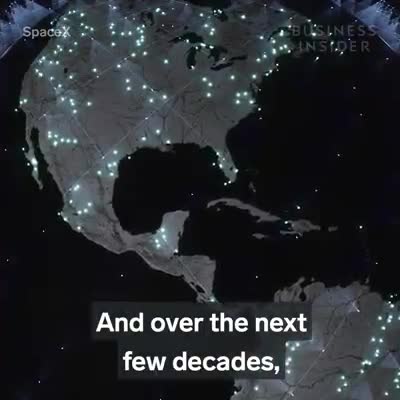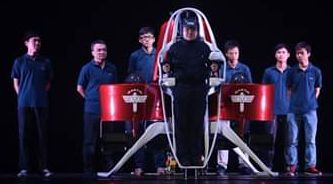Esta producción, basada en el libro ‘Elon Musk: Tesla, SpaceX, and the Quest for a Fantastic Future’, girará en torno a Musk y su trabajo en SpaceX para impulsar los vuelos espaciales privados.
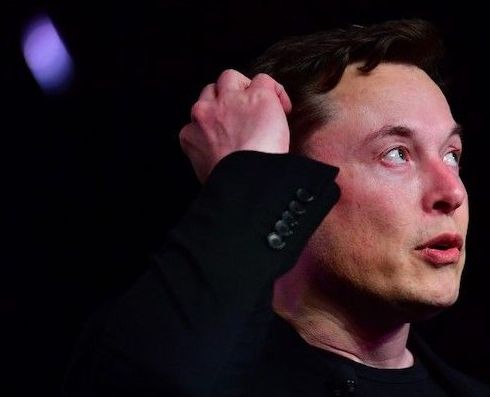

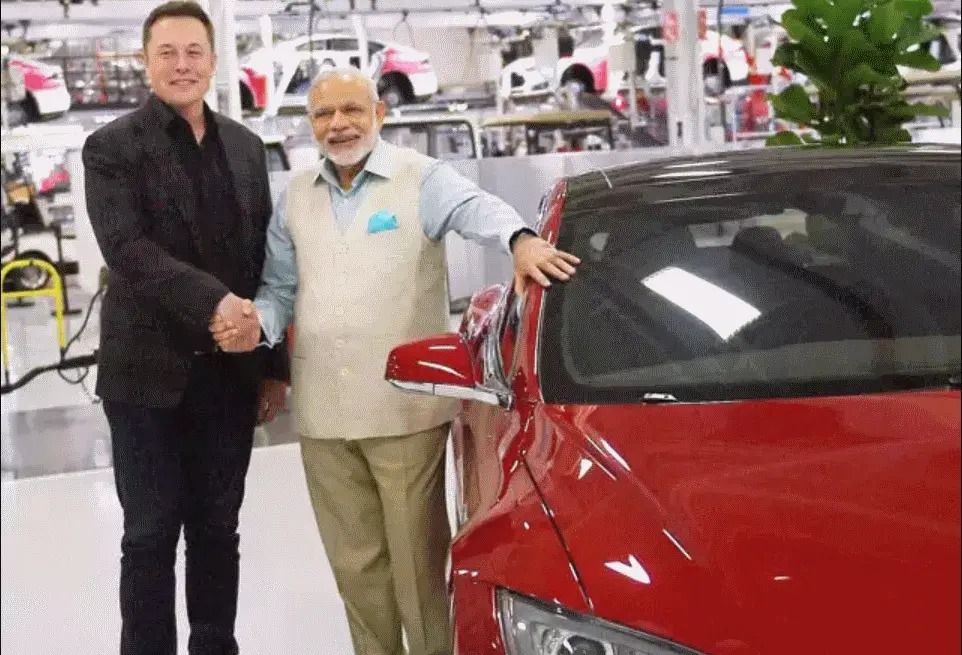
My hero my love.
Last week, Tesla CEO Elon Musk made a rather interesting announcement for all-electric vehicle enthusiasts in India, when he mentioned that Tesla is planning on entering the Indian automobile market in 2021. The announcement comes after years of waiting for the Indians to get their hands on a Tesla, and it definitely has got the public buzzing with excitement. Now, Musk has also stated that Tesla will be coming up with a Booking Order Configurator for the Indian customers which will be going live in January 2021.
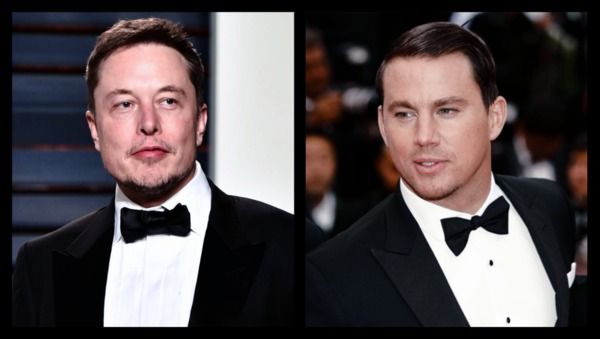
Elon Musk is among the few people on Earth that are working towards changing the course of humanity’s future in a drastic way. He founded SpaceX in 2002 to make life multiplanetary –colonize Mars. Since then, SpaceX has developed some of the world’s most advanced rockets and spacecraft. Throughout the years Musk’s bold ideas, ambitious goals, and ability to lead teams to achieve greatness has earned him a place in history. Hollywood actor Channing Tatum seems to be inspired by Musk’s space venture that he is now planning to produce an HBO drama television series about Musk and his journey at SpaceX.
According to Deadline reporters, who first reported the news, Tatum’s film production company, Free Association, will produce a six-episode scripted series. The story will be about how SpaceX started with a rocket that almost did not make it to orbit, to returning human spaceflight capabilites to the United States. “The project will be penned by Star Trek Beyond scribe Doug Jung based on Ashlee Vance’s book Elon Musk: Tesla, SpaceX, and the Quest for a Fantastic Future, first published in 2017,” Deadline reports, “Free Association’s Tatum, Reid Carolin and Peter Kiernan will executive produce with Vance and Len Amato, HBO’s former President Of HBO Films, Miniseries & Cinemax.”

The ‘Universal law of touch’ theory was created by researchers at the University of Birmingham, who used mathematical modelling of touch receptors in humans and other animal species. By applying the mathematics of earthquakes to model how vibrations travel through the skin, the team discovered that vibration receptors beneath the skin respond to Rayleigh waves in the same way regardless of age, gender, or even species.
Breakthrough appears to support Elon Musk’s claim we are living in a simulation.

Elon Musk, the CEO of SpaceX, has announced that his space internet project is ready for public use. The statement comes after SpaceX launched 60 Starlink satellites into low-Earth orbit last week, bringing the total number to almost 800.
Eventually, SpaceX plans to launch tens of thousands of Starlink satellites to create a blanket around the Earth capable of beaming high-speed broadband internet to 99% of the inhabited world.
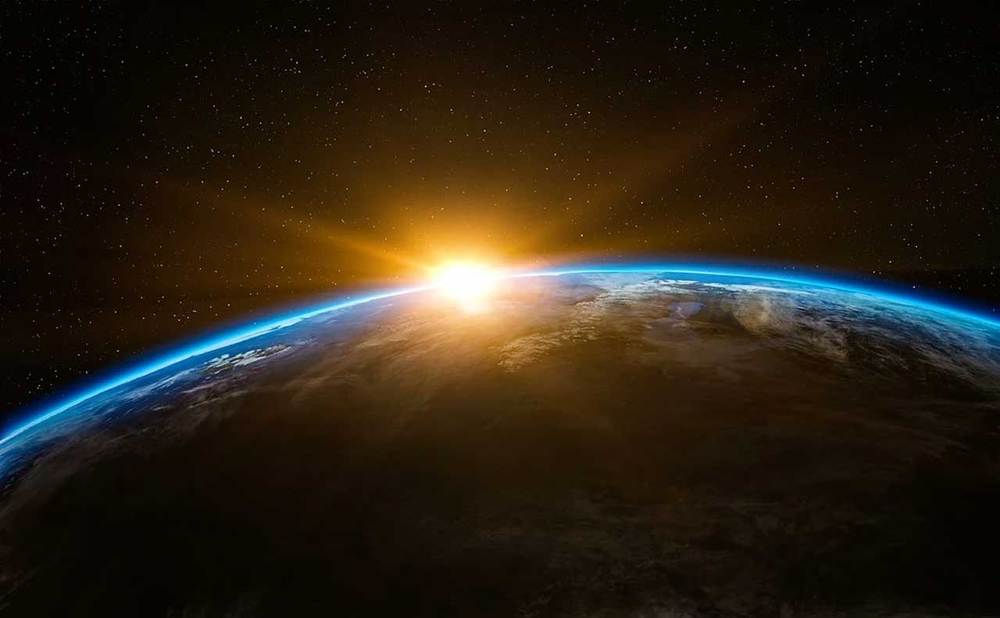
The United States military has teamed up with Elon Musk and the company he heads, SpaceX. The goal of the tie-up is to build a rocket capable of delivering weapons anywhere on the globe in an hour. The benefits of quickly delivering weapons and other cargo anywhere on the planet very quickly are readily apparent.
The rocket would travel at 7500 miles per hour and would be able to carry 80 metric tons of cargo into orbit. The rocket could then land anywhere on the planet. The contract will see SpaceX begin by assessing costs and technical challenges for the project. Gen. Stephen Lyons, the head of US Transportation Command, said on Wednesday that initial tests are expected to begin in 2021.
What the military and SpaceX are trying to do is incredible. Using rockets to deliver massive payloads would allow the 7652 mile trip from Florida to Afghanistan could be completed within an hour. To compare, a C-17 Globemaster transport aircraft has a maximum speed of 590 mph and would require 15 hours to make the same journey.
SpaceX in the News Episode 115. Today we catch up on all the latest Starship and Super Heavy updates. Go over recent Dragon news. Talk Starlink and other upcoming missions, and finish with today’s Honorable Mention.
SUBSCRIBE: https://www.youtube.com/spacexcentric
BECOME AN XCENTRIC MEMBER: https://www.youtube.com/spacexcentric/join
SUPPORT ON PATREON: https://www.patreon.com/spaceXcentric
JOIN OUR DISCORD: https://discord.gg/UCv4yx4
WEBSITE: https://spacexcentric.com
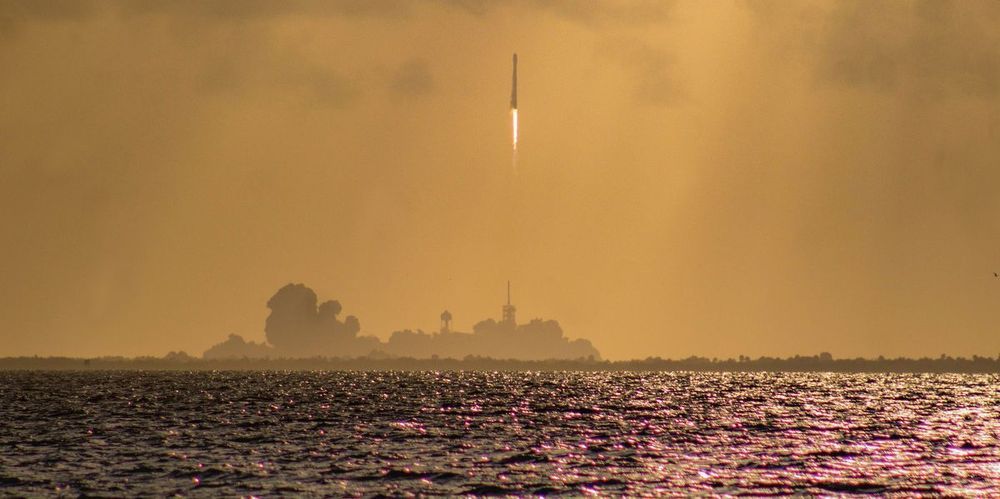
The Pentagon’s Transportation Command and Elon Musk’s SpaceX are teaming up to examine using rockets to ship cargo through space. The plan raises the prospect of sending urgently needed supplies to U.S. troops anywhere on Earth, within minutes. While the idea is technically feasible, there are several factors, including cost and preparation time, that could make it unworkable.
DIVE DEEPER ➡ Read best-in-class military features and get unlimited access to Pop Mech, starting now.
